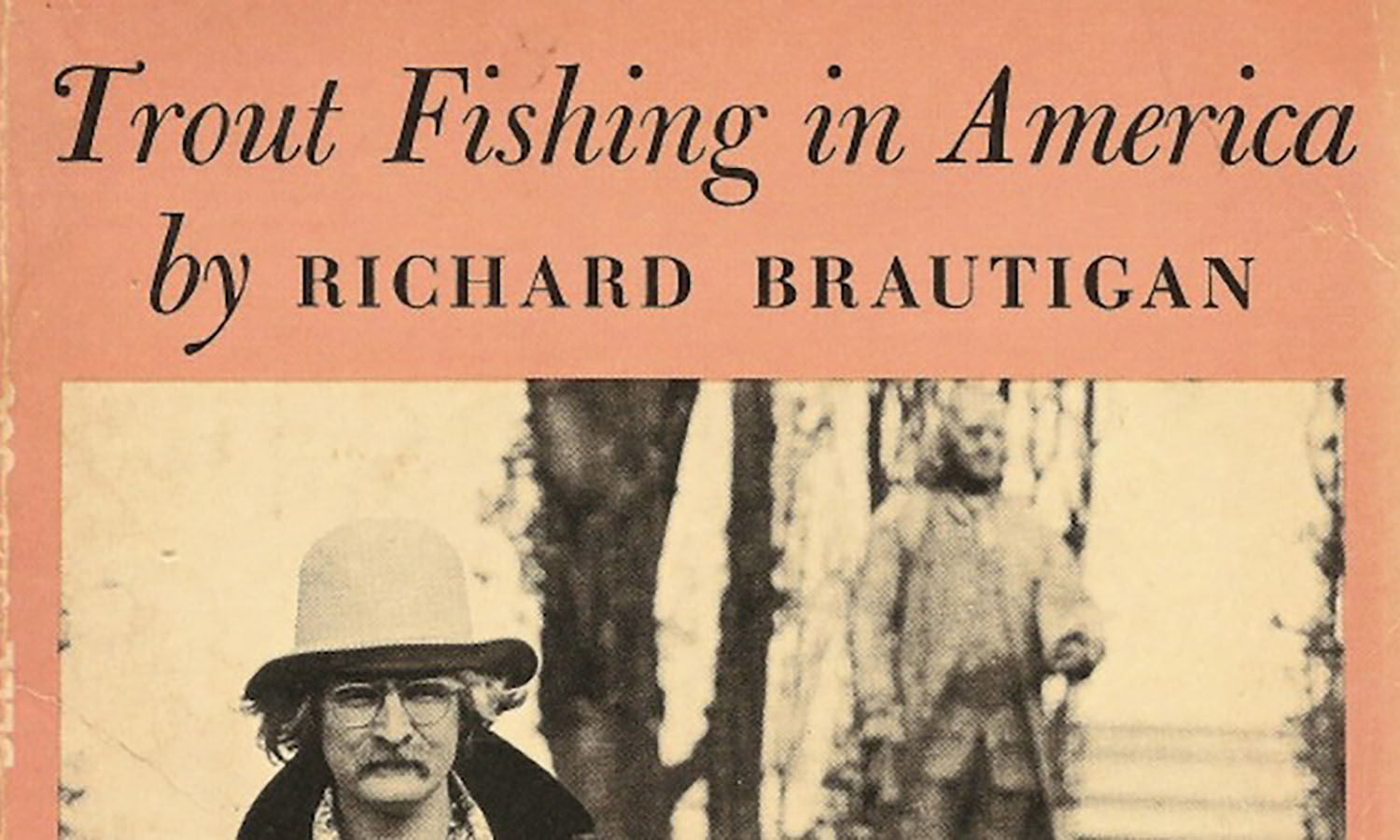
When it comes to point of view techniques, you probably already know that you avoid head hopping – jumping from one character’s thoughts to another’s without any transition for the reader. In a recent post, Janice Hardy discusses some other poor POV shifts that could throw a reader out of your story.
“A point of view shift is when the author shifts out of the point-of-view-character’s head, either into another character, or showing/explaining something that character couldn’t possibly know,” Hardy explains. This often happens when a writer starts telling what is happening on the page, rather than showing the reader. Hardy identifies several types of POV mistakes:
- Motive is attributed to a non-point of view character. This can happen when a narrator seems to understand another character’s actions before the action takes place. Hardy uses this statement as an example: “John smiled at me, then reached over to brush dried leaves off my shoulder.” While this shift is subtle, the narrator couldn’t know why John reached towards her until after he brushed the leaves off her shoulder. Changing “to brush” to “and brushed” allows the narrator to observe what’s happening without anticipating John’s motivation. One fix to this issue is avoiding “to _____” in your writing. It’s rarely necessary and less direct than simply stating the character’s action.
- A non-point of view character observes something about the point of view character. When you bump into an acquaintance, can you know what they observe in the moment? You might guess, but you can’t know with certainty. For example, consider the following: “John waved at me, admiring my new coat.” You’ve likely read – or even written – similar statements, but unless the POV character is a mind reader, she has no idea what John is thinking, much less whether he like her new coat. To fix this POV shift, show John glancing at the coat and allow the reader to intuit his thoughts. A subtler version of this POV shift occurs when a character notices something about themselves that they couldn’t, such as: “My face turned red with embarrassment.” While a character may feel embarrassed and know he is blushing, he couldn’t know what the color of his face.
Hardy identifies a few elements to look for:
- Non-POV character judgments or opinions that aren’t in dialogue
- A POV character stating non-vocalized motives or opinions of non-POV characters
- Anything the POV character wouldn’t know, couldn’t guess by observation, or couldn’t see
While subtle, these POV shifts can weaken your writing. Your opinion may vary on the importance of correcting these shifts, but it’s good to be aware of them so that if you break the rules, you do it with finesse.











